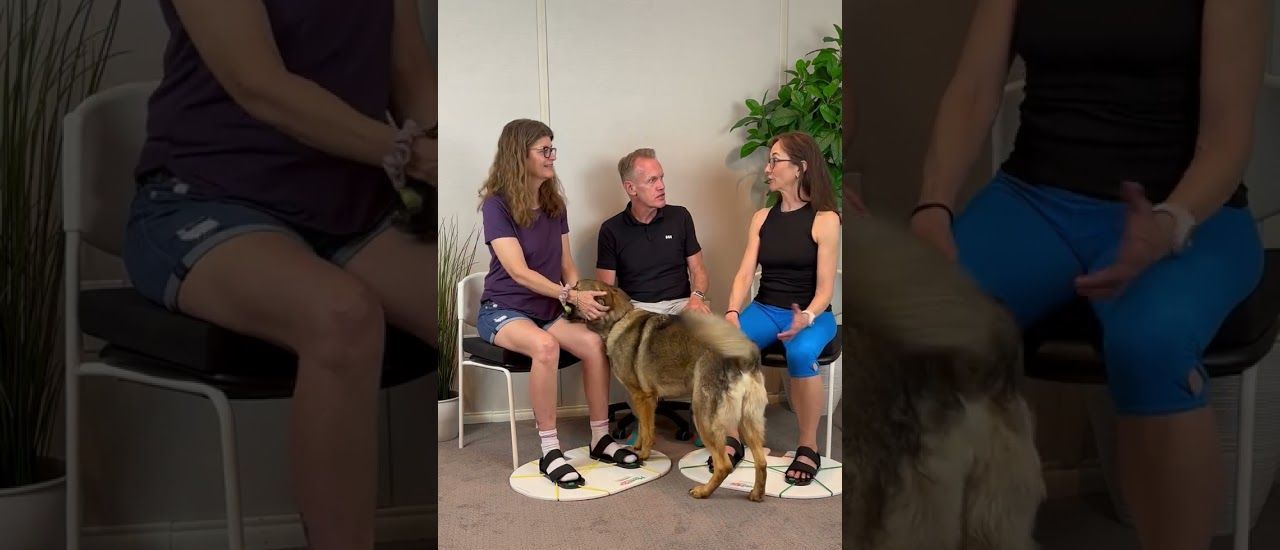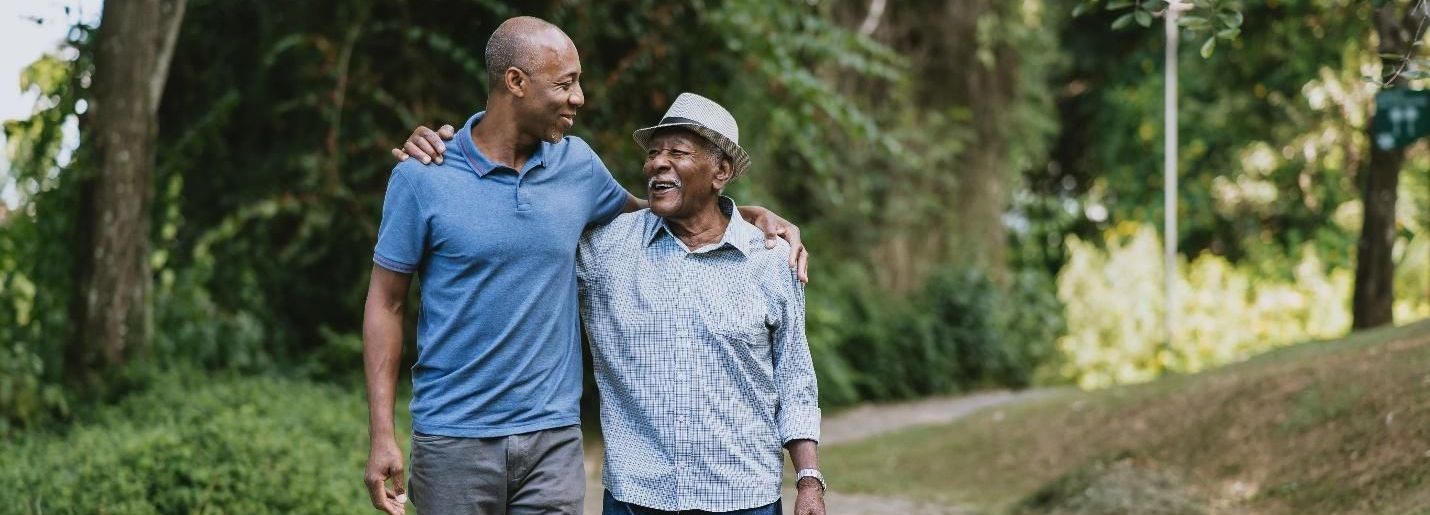How to Reduce Holiday Stress and Fall Risk
The holiday season is here and heading into full swing. It’s a time filled with gathering together and sharing with family and friends. It can be a wonderful time of the year, and it can also be stressful.
There’s all the planning, shopping, cooking, cleaning, entertaining and then gift giving that can be fun, but it also has its own challenges! As we get older, it becomes even more important to manage stress because it can lead to a 41% increased risk for falling (1).
How can Stress Increase Fall Risk?
Our autonomic nervous system has two branches, the sympathetic for survival and parasympathetic for thriving. When we are experiencing physical or mental stress, we move into “fight, flight or freeze” mode. In addition to cortisol rising, heart rate and blood pressure go up and muscles get tight and tense, so we are ready to run or fight the tiger chasing us.
When we are under stress, blood goes rushing to the amygdala and away from the prefrontal cortex, our “CEO” or decision-making part of our brain. When this happens, we can’t make good decisions. With a myriad of tasks to accomplish, we may find ourselves rushing around and not paying attention to the environment we are in, what we are doing or how we are doing it. This can significantly increase the risk of a devastating fall.
When you ask an older adult who has just fallen, “What happened?”
The most common response is,
“I wasn’t paying attention.”
The #1 Strategy for Reducing Stress and Fall Risk
It’s a simple solution that starts with slowing down and practicing deep diaphragmatic breathing. Easier said than done but once you start practicing on a daily basis you can make it a habit that can be lifesaving.
That’s because your breath is the steering wheel of your nervous system.
When we are stressed, our breath becomes shallow. This sends signals to the brain that our survival is under threat. When we breathe slowly and deeply, signals are sent to the brain that we are safe. This moves us into the parasympathetic state where we can rest, digest, heal and repair our bodies instead of marinating in a stew of stress hormones that actually shrinks muscles and brain tissue!
Deep Breathing Reduces Stress and Falls
- It improves balance by strengthening your core including your pelvic floor. Having a strong core creates more stability for better balance.
- It reduces stress and cortisol to release tight muscles and relax. This can make you more flexible to respond more quickly to the world beneath your feet.
- It improves attention (2) so you can move more mindfully to avoid a fall.
How to Breathe with your Diaphragm
Most people “overbreathe,” averaging about 12-18 breaths per minute. Research shows that slowing down the pace to 6 breaths per minute will reduce cortisol levels so you can move into relaxation mode. Practice inhaling deeply and exhaling completely to strengthen your diaphragm for a stronger core, more stability and better balance, physically and mentally. Here’s how.
Sit tall, lengthen your spine from the crown of your head, roll shoulders back and down away from your ears. You can also practice while lying down in bed.- Place one hand on your belly and one hand on your heart.
- Inhale and exhale through your nose.
- Inhale from the bottom up: Think about breathing deeply into your pelvic floor, feel the expansion of belly, rib cage and chest.
- Exhale from the top down: feel the contraction of chest, rib cage and belly as you squeeze your belly button towards your spine and press muscles in below your belly button, exhaling completely.
- Try inhaling for a count of 4, pause and then exhale for a count of 4 and pause. This will slow the pace to about 6 breaths per minute.
If this doesn’t feel good for you, try practicing a 1-to-2 count that feels more comfortable, focusing on exhaling longer than your inhale. For example, inhale for a count of 2 and exhale for a count of 4. Gradually increase the count and pause in between.
Practice Daily
- 1-3 x per day
- 3-30 breaths
- Before rising and going to sleep!
When you first start practicing, you may feel a bit lightheaded or dizzy. This can be because the ratio between carbon dioxide and oxygen changes. This is why it’s good to practice seated or lying down when you first get started. With consistent practice, most people adapt around 3 weeks. Then you can practice any time and anywhere to feel more relaxed, attentive and steadier with each step.
Start breathing deeply today and enjoy every minute of the holiday season. Happy Thanksgiving and Happy Holidays!
References
- Fink et al (2014). Association of stressful life events with incident falls and fractures in older men: the Osteoporotic Fractures in Men (MrOS) Study
- Ma et al (2017). The Effect of Diaphragmatic Breathing on Attention, Negative Affect and Stress in Healthy Adults
- Russo et al (2017).
The physiological effects of slow breathing in the healthy human











